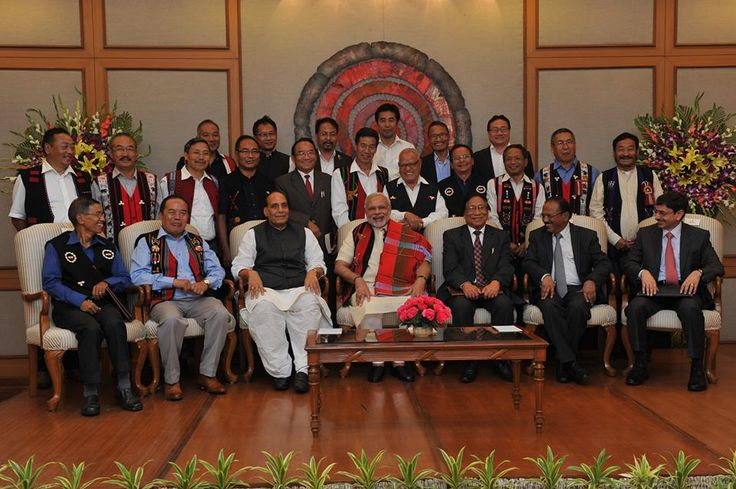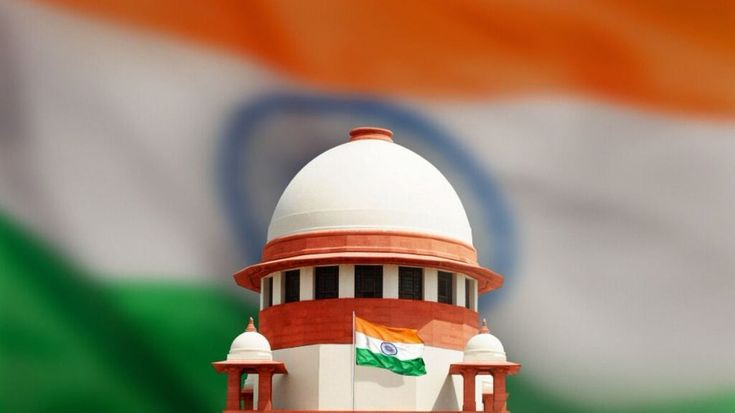Constitutional Foundation and Importance
The power of the Indian Parliament to amend the Constitution is one of the most significant aspects of India’s constitutional framework. Enshrined under Article 368, this power allows Parliament to adapt the Constitution to changing social, political, and economic circumstances, ensuring its relevance over time. The framers of the Constitution intended this mechanism to provide flexibility while maintaining the stability and integrity of the constitutional order.
Article 368 empowers Parliament to amend the Constitution by way of adding, altering, or repealing provisions. However, this power is not absolute. Judicial interpretation, particularly through the Doctrine of Basic Structure, has imposed limits to safeguard the core principles of the Constitution, such as democracy, secularism, rule of law, separation of powers, and federalism. This balance between flexibility and rigidity ensures that amendments enhance the Constitution without compromising its foundational ideals.
Procedure for Constitutional Amendment
The procedure for amending the Constitution is deliberately more rigorous than passing ordinary legislation. According to Article 368(2), most amendments require a special majority of the total membership of each House of Parliament and a majority of not less than two-thirds of members present and voting. Some amendments also require ratification by at least half of the state legislatures, especially if they affect federal provisions.
This two-tier process ensures a balance between the Union and States, preventing arbitrary or unilateral changes. Furthermore, the Constitution provides for three categories of amendments:
- Simple majority amendments – Pertaining to laws that affect only certain provisions not requiring state ratification.
- Special majority amendments – Involving more significant changes requiring a two-thirds majority.
- Special majority plus state ratification – For amendments affecting federal structure, powers of Parliament or States, or representation in legislatures.
This detailed process underscores the framers’ intent to maintain a dynamic yet stable constitutional order.
Judicial Review and the Doctrine of Basic Structure
The power to amend the Constitution is subject to judicial review, a principle reinforced by the Supreme Court in landmark cases. The Kesavananda Bharati v. State of Kerala (1973) case is pivotal in this context. The Court held that while Parliament can amend the Constitution, it cannot alter or destroy its basic structure.
The Doctrine of Basic Structure protects essential features such as:
- Supremacy of the Constitution
- Republican and democratic form of government
- Secularism
- Separation of powers between legislature, executive, and judiciary
- Federal character of the Constitution
- Fundamental rights
By introducing this doctrine, the Supreme Court ensured that constitutional amendments serve the purpose of reform and modernization but do not undermine the identity and foundational principles of the Constitution.
Limits on Parliament’s Amending Power
While Parliament enjoys wide-ranging powers to amend the Constitution, certain restrictions are implied by judicial interpretations. Articles 13 and 368 collectively imply that amendments cannot violate the fundamental rights or the Constitution’s basic structure. The Supreme Court, in Indira Gandhi v. Raj Narain (1975), struck down clauses that undermined judicial review, asserting that these core principles cannot be abrogated even by constitutional amendments.
The Court has also clarified that amendments cannot be used as a tool to establish authoritarianism, compromise federalism, or erode democratic norms. For instance, in Minerva Mills v. Union of India (1980), the Court invalidated an amendment that gave Parliament unrestricted power over fundamental rights, reaffirming that the Constitution’s skeletal framework remains inviolable.
Practical Implications of the Doctrine
The Doctrine of Basic Structure ensures a delicate balance between flexibility and rigidity. On one hand, Parliament can modernize laws, address societal needs, and strengthen governance structures. On the other hand, this doctrine prevents misuse of amending power for political or personal gains that could jeopardize the Constitution’s core principles.
For example, amendments related to property rights, reservation policies, and federal arrangements have been upheld when they served social justice or administrative needs, but amendments attempting to compromise judicial independence or secularism have been struck down. Thus, the doctrine functions as a safeguard, ensuring the long-term sustainability of India’s constitutional democracy.
Interaction with Federalism
The amending power also interacts with Centre-State relations. Certain amendments, especially those affecting state legislatures, representation, or financial powers, require ratification by state legislatures. This mechanism not only protects the federal character of the Constitution but also ensures that states have a voice in crucial constitutional changes.
Cases such as S.R. Bommai v. Union of India (1994) demonstrate how federal principles and judicial oversight intersect to preserve the constitutional equilibrium between the Centre and the States. Any amendment that undermines this balance risks judicial scrutiny under the basic structure doctrine.
Contemporary Relevance
The doctrine remains highly relevant in contemporary India, where socio-political dynamics continually challenge constitutional norms. Recent debates around amendments concerning reservation, property rights, and judiciary reforms highlight the continued importance of judicial review. By striking down provisions that threaten the Constitution’s core features, the judiciary ensures that democracy, secularism, and federalism remain intact despite evolving political landscapes.
The Parliament’s power to amend, therefore, is not unchecked. It operates within a framework that safeguards fundamental values while permitting necessary adaptations. This dynamic equilibrium between legislative initiative and judicial oversight has strengthened Indian democracy and prevented arbitrary or excessive constitutional experimentation.
Mnemonic to Remember Parliament’s Power to Amend and Basic Structure
Use the mnemonic “FEDERAL RIGHTS SAFE” to recall key aspects:
F – Flexibility through Article 368
E – Emergency provisions and judicial oversight
D – Doctrine of Basic Structure
E – Essential features protected (Democracy, Secularism, Federalism)
R – Residuary powers of Parliament
A – Amendment procedure (Special majority and state ratification)
L – Limits through judicial review
R – Rights (Fundamental Rights cannot be abrogated)
I – Integrity of Constitution maintained
G – Governmental structure (Separation of powers)
H – High Court and Supreme Court safeguarding the Constitution
T – Transparency and accountability
S – Stability of federal character
SAFE – Safeguards against arbitrary amendments
About lawgnan
To explore the power of Parliament to amend the Indian Constitution, visit Lawgana.in for a comprehensive explanation of Article 368, amendment procedures, and the Doctrine of Basic Structure. Understand how judicial review, landmark cases like Kesavananda Bharati and Minerva Mills, and constitutional safeguards preserve democracy, secularism, and federalism. Learn the difference between flexible and rigid constitutional provisions and how amendments shape India’s governance framework. Strengthen your knowledge of constitutional law, federal balance, and judicial control by reading expert insights only at Lawgana.in — your ultimate law learning destination.




